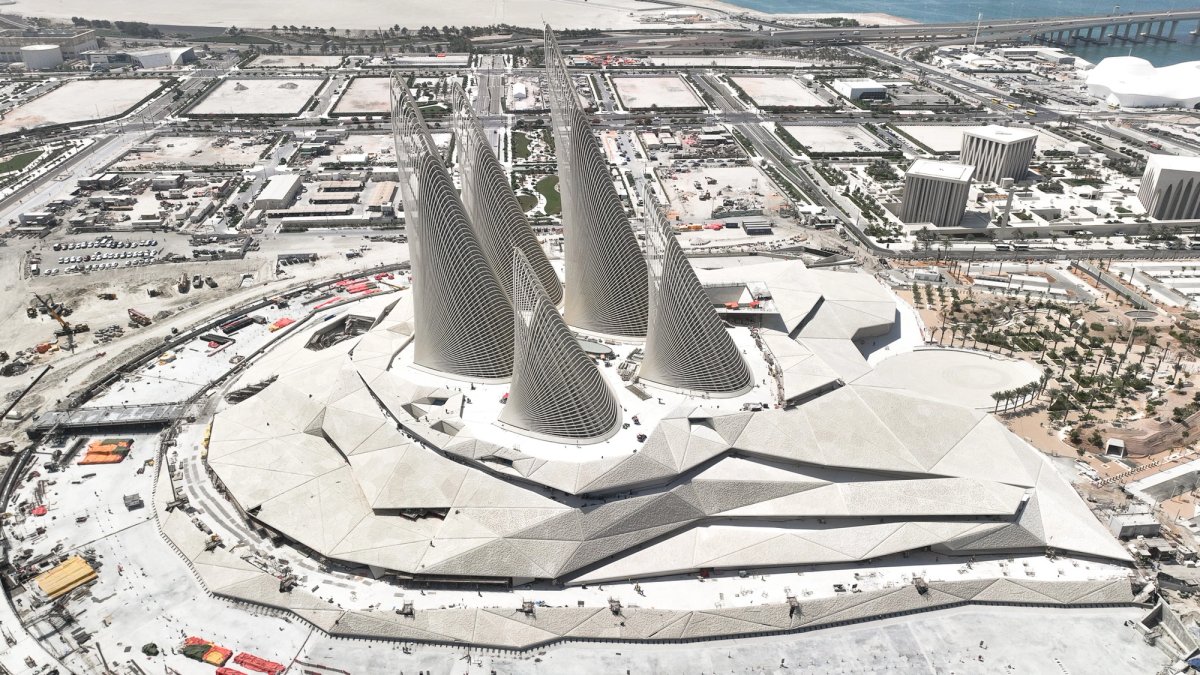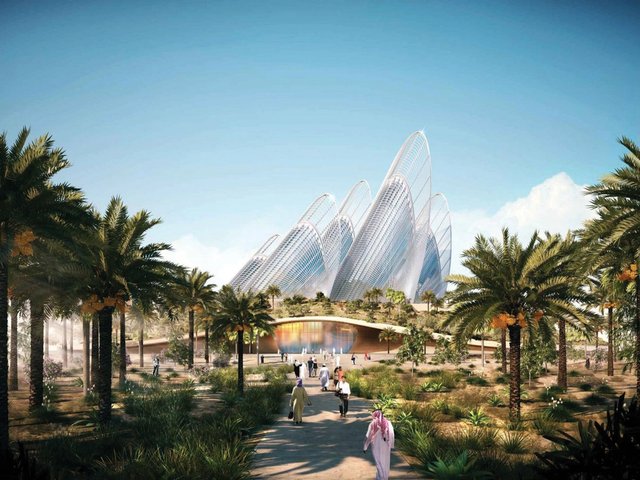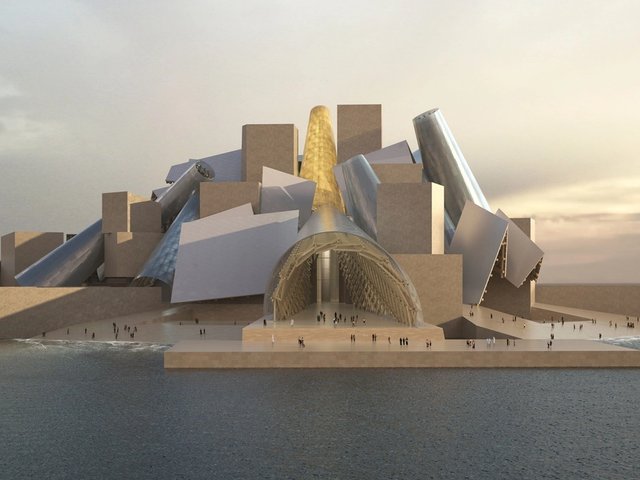The world’s oldest natural pearl and an 1,100-year-old Qur’an will be among the star exhibits at Zayed National Museum. The mega museum, on Saadiyat Island in Abu Dhabi and designed by the British firm Foster + Partners, will open in December 2025, it was announced today.
The museum centres on the story of Sheikh Zayed bin Sultan Al Nahyan (1918-2004), the venerated first president of the seven emirates of the United Arab Emirates (UAE), born as a country in 1971. Its galleries “focus on his life and achievements but also reflect more broadly the historical trajectory of the country from the earliest times through to the more recent past”, says the museum’s director, Peter Magee. It “is rooted in the values of the UAE’s founding father”, he says.
“One of his values which we explore in the gallery is religious tolerance. We make the point that when the first evidence for an early Christian Church dating to the seventh century was found on one of the islands off the coast of Abu Dhabi in 1959, [he] was extremely encouraging of that work.”
Design inspired by falcon’s feathers
Abu Dhabi aims to attract 39 million tourists annually by 2030; Zayed National Museum is one of several prestigious venues on Saadiyat Island competing for visitors. Magee says it is the “recipient of generous state funding” but is expected to generate revenue.
The building itself is a draw, rivalling the nearby Frank Gehry-designed Guggenheim Abu Dhabi. Topped by five soaring glass structures, the design is inspired by the wing feathers of a falcon. The towers heat up and act as thermal chimneys, drawing cooling currents up through the museum. Its Al Masar garden will focus on the “human ecology of the UAE”, Magee says.
The 8,000-year-old Abu Dhabi Pearl, discovered on Marawah Island, will be on display in the To Our Ancestors gallery, which “examines evidence of human activity in this part of the world dating back 300,000 years and early trade with other societies in the Arabian Gulf region”, a museum text says.
The Blue Qur’an, dating from AD800-900, will go on show in a gallery that outlines the impact of new technologies and materials, and the spread of Islam, culminating in the development of the Arabic language. Researchers have found Qur’anic verses concealed beneath an intricate decorative layer of gold leaf on one of its pages.
Magee stresses the museum’s aim to become a research powerhouse. “While research being generated from within the institution is extremely important, the museum has a fundamental role in furthering a research ecosystem within the country,” he says. The Zayed National Museum Research Fund aims to enrich understanding of the UAE’s cultural and historical legacy. In 2024, eight researchers were awarded grants for projects including “putting UAE’s Modern architecture and contemporary landmarks on the map” and a digital preservation initiative focused on petroglyphs in the UAE.
Collaborations will feed into this research. The British Museum helped with the development of the museum until 2017, Magee says, contributing “some really interesting ideas and expertise.” It is among a number of international institutions lending objects to Zayed National Museum.





